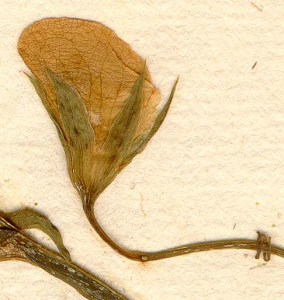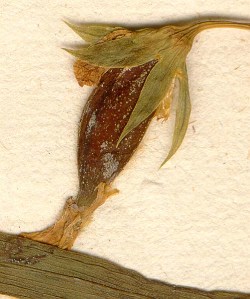Musya let her gaze drift to the windows. Down the yard, four or five figures knelt among the grasspea patches—she raised the alarm the moment she realized: “Those people, they shouldn’t be doing that—they’ll be poisoned!” They were browsing and harvesting. She started in on the hazards but they were nothing the Ernste didn’t know quite well already, she said:
“That plant grows like crazy. They pick every bit and it comes right back.” She signaled for a fresh glass of tea.
“But they’ll be crippled—grasspea poison kills the legs!”
“With God’s help they’ll be spared.”
“God’s? Just dig it up and God won’t have to do anything.”
The Ernste asked Musya not to tell her how to manage property.

A notorious famine food, grasspea features more than once in LAMENT as the characters grapple with life during starvation.

I have an unopened 1-pound package of dried grasspeas from Kalustyan’s, where they come labelled as Cicerchia Beans, “an ancient legume.” Haven’t had the nerve to try making them yet, for the package warns that consumption “for an extended period of time…may cause a neurodegenerative disease leading to paralysis of lower limbs and muscle wasting.” I’m sure they’ll be quite delicious, everything from Kalustyan’s usually is. Still, I am hesitating. I usually eat from one pot of beans all week.
In India, where it’s also known as chickling pea, “it has a bad reputation, and is almost universally regarded in Bengal as unwholesome, deranging digestion, and producing dysentery, diarrhoea, and various skin diseases.” A.H. Church continues in his 1896 Food-grains of India, “But some allowance must be made for the prejudice of the Bengalese. It is most used by the poorer classes, being the cheapest and most abundant pulse. Many cases of sudden and incurable paralysis have been undoubtedly traced to the large and continuous use of this seed. It formed, by a series of accidents, the chief food, during the years 1829-33, of some of the eastern villages of Oudh. Many cases of sudden paralysis of the lower extremities occurred during that period, the persons attacked being generally under thirty years of age.”



